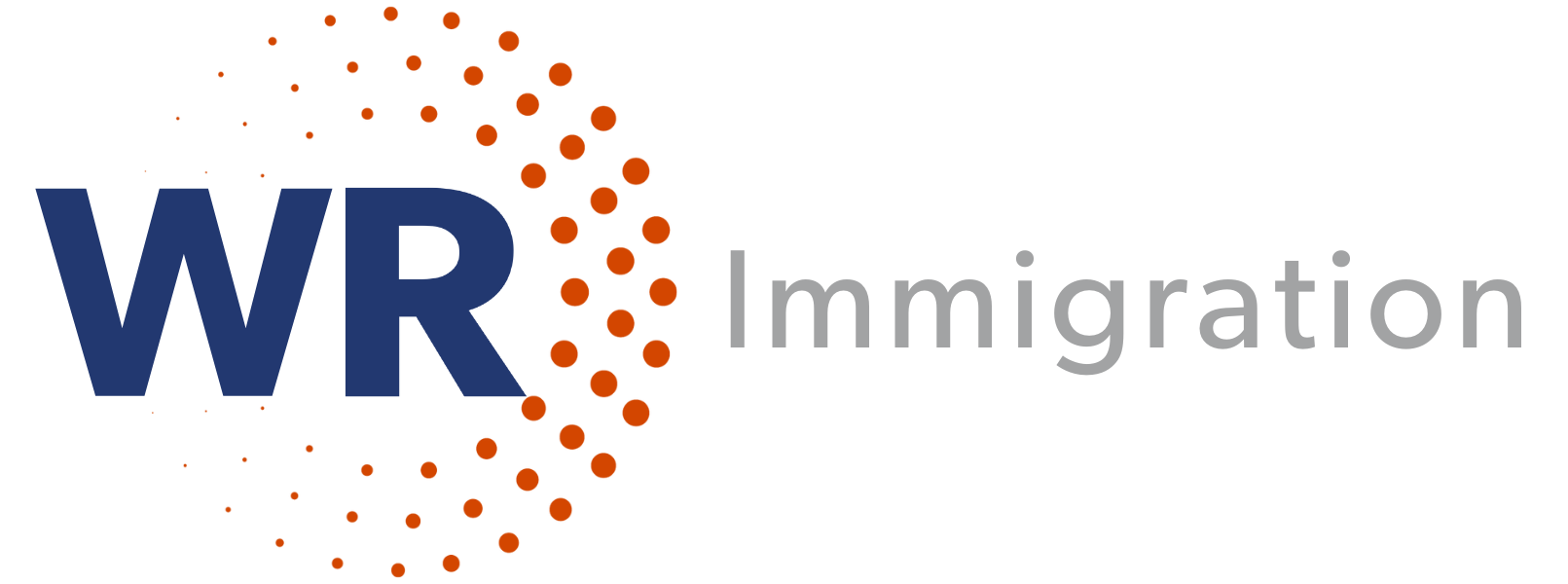In this edition, find out more about the current state of the immigration provisions of the social spending bill, DHS’ extension of I-9 flexibility, the DHS’ announcement of suspension of employment authorization requirements for some F-1 students from Hong Kong, and more.
Immigration Provisions of Social Spending Bill in Limbo as Senate Democrats Struggle With Parliamentarian Rejections, Uncertainties
After the Senate parliamentarian rejected a plan that included work permits and protection from deportation favored by Democrats for inclusion in the “social spending” budget reconciliation bill, lawmakers struggled to consider their options, including revisions to the immigration provisions or simply moving ahead without parliamentarian approval. Several Democratic senators issued a joint statement: “We strongly disagree with the Senate parliamentarian’s interpretation of our immigration proposal, and we will pursue every means to achieve a path to citizenship in the Build Back Better Act.”
The parliamentarian has not yet addressed other immigration provisions included in the social spending bill, such as green card backlog relief, and their fate remains uncertain.
Details:
- “Immigration Loss Leaves Democrats Eyeing Risky Alternatives,” Bloomberg Government, Dec. 17, 2021, https://about.bgov.com/news/immigration-defeat-leaves-democrats-eyeing-risky-alternatives/
- “Biden’s Build Back Better Delayed Until 2022, Immigration Reform Rejected in Bill,” U.S. News & World Report, Dec. 17, 2021, https://www.usnews.com/news/politics/articles/2021-12-17/bidens-build-back-better-delayed-until-2022-immigration-reform-rejected-in-bill
DHS Extends I-9 Flexibility to April 30, 2022
The Department of Homeland Security (DHS) and U.S. Immigration and Customs Enforcement (ICE) announced an extension of the flexibility policy in complying with certain physical inspection requirements related to Form I-9, Employment Eligibility Verification. The flexibility policy was set to expire December 31, 2021, but because of ongoing pandemic issues, DHS extended it until April 30, 2022.
DHS said that eligible employees working exclusively in remote settings are temporarily exempt from the physical inspection requirements associated with the Employment Eligibility Verification (Form I-9) until they undertake non-remote employment on a regular, consistent, or predictable basis, or the extension of the flexibilities related to such requirements is terminated, whichever is earlier. If employees are physically present at a work location, no exceptions are being implemented now for in-person verification of identity and employment eligibility documentation.
Employers are advised to monitor the DHS and ICE workforce enforcement announcements for updates on ending the extension and resuming normal operations. E-Verify participants who meet the criteria and choose the remote inspection option should continue to follow current guidance and create cases for their new hires within three business days from the date of hire, DHS said.
Details:
- ICE Announces Extension to Compliance Flexibility, Dec. 15, 2021, https://www.ice.gov/news/releases/ice-announces-extension-i-9-compliance-flexibility-3
Labor Dept. Implements Court Order Vacating Prevailing Wage Final Rule; Issues 2022 Adverse Effect Wage Rates for H-2A Range, Non-Range Occupations
The Department of Labor’s Employment and Training Administration (ETA) published a final rule, effective December 13, 2021, implementing a federal district court order vacating a controversial January 14, 2021, final rule that was initially promulgated in October 2020. The rule amended ETA regulations governing the prevailing wages for employment opportunities that U.S. employers seek to fill with foreign workers on a permanent or temporary basis through certain employment-based visas or through H-1B, H-1B1, or E-3 nonimmigrant visas.
The new final rule removes the regulatory text that DOL initially promulgated and restores the regulatory text to appear as it did before.
The Department of Labor also published notices with the 2022 Adverse Effect Wage Rates (AEWR) for the employment of temporary or seasonal workers to perform range (herding or production of livestock) and non-range agricultural labor or services.
Details:
- “Strengthening Wage Protections for the Temporary and Permanent Employment of Certain Immigrants and Non-Immigrants in the United States, Implementation of Vacatur,” 86 Fed. Reg. 70729 (Dec. 13, 2021), https://bit.ly/3yg4s3k
- DOL notice (non-range), 86 Fed. Reg. 71282 (Dec. 15, 2021), https://bit.ly/3qbZNMn
State Dept. Changes DV-2022 Document Submission Processing Requirements
The Department of State (DOS) announced that as of December 9, 2021, individuals who were randomly selected to participate in the diversity visa (DV) program for fiscal year (FY) 2022 only need to submit to the Kentucky Consular Center (KCC) the DS-260 immigrant visa application form for themselves and any accompanying family members. Once the DS-260 is received for all applicants associated with a case, that case will be eligible to be scheduled for a visa interview.
DOS said that DV-2022 selectees no longer must submit to the KCC any other required supporting documents for DV-2022 to be eligible for an in-person interview at an embassy or consulate. Rather, all supporting documents for DV-2022 selectees will be collected in connection with the interview and evaluated at the embassy or consulate where the visa application is made. DOS said it is treating this as a “pilot program” and will assess the costs and benefits later in the program year.
Details:
- DOS update, Dec. 9, 2021, https://travel.state.gov/content/travel/en/News/visas-news/diversity-visa-2022-update.html
DHS Announces Suspension of Employment Authorization Requirements for Some F-1 Students from Hong Kong
The DHS has announced that it is suspending certain regulatory requirements for F-1 nonimmigrant students who are Hong Kong residents (regardless of country of birth) and who are also undergoing severe economic hardship as a direct result of the current situation in Hong Kong.
Lawful F-1 nonimmigrant students may now request employment authorization from Nov. 26, 2021, through Feb. 5, 2023; work an increased number of hours while school is in session; and reduce their course load while continuing to maintain F-1 nonimmigrant student status.
Individuals must have been lawfully present in the United States in an F-1 nonimmigrant status on Nov. 26, 2021, to be eligible.
Details:
- “Employment Authorization for F-1 Nonimmigrant Students Experiencing Severe Economic Hardship as a Direct Result of Emergent Circumstances in Hong Kong,” 86 Fed. Reg. 67485 (Nov. 26, 2021), https://www.federalregister.gov/documents/2021/11/26/2021-25732/employment-authorization-for-f-1-nonimmigrant-students-experiencing-severe-economic-hardship-as-a


